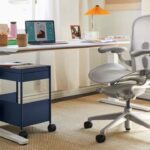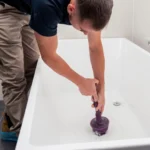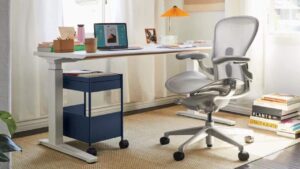In recent decades, the rise of urbanization has resulted in an increase in the construction of tall commercial buildings. This trend is driven by a lack of space within densely urbanized areas.
Mix-use buildings, which are increasingly becoming more popular in cities, have also been gaining greater significance. This high-rise construction is no longer restricted to only the financial and commercial sectors. High-rise construction is now a globally accepted method of managing growing numbers in cities, as more than 1 million people move to them every week.
The context of increasing urbanization and the increase in tall commercial buildings, and the findings by Australian scaffolds, revealed that contractors are concerned about the safety and health of their workers and the protection of debris. Cast concrete constructions have a higher chance of debris falling on the edge than other types of constructions.
As the skyline of cities around the globe becomes more dramatic, it will be even more critical to ensure the proper edge protection in construction.
Safety Screen System Specifications
A safety screen system seals in debris to provide perimeter protection. This protects site personnel from falling from height. Safety screen systems can also be adjusted to suit different climates. Solutions are available that provide ventilation while protecting workers from the elements and wind. This allows for a reduction in downtime.
Workers will also feel less nausea and work more productively. Contractors can also benefit greatly from multi-level safety screenings that speed up work cycles.
Contractors must take into account a number of important factors when designing safety screen systems. Safety screens are either assembled on-site or delivered pre-assembled. System availability may also be influenced by the abilities of on-site personnel.
Also, wind load is a critical consideration when installing safety screens for high buildings. Another consideration is crane usage, heating, and ventilation. A system that can reduce or eliminate crane use can greatly increase efficiency and productivity. This will allow crane time to be freed up to do other work. The system chosen will be determined by the environment and the climate. In warmer climates, adequate ventilation is critical. Protect workers from the elements in more volatile environments.
Traditional Obstacles Can Be Overcome
Many safety screens are designed and built to eliminate the limitations of previous systems. Screens used to be difficult to lift until the concrete slab had been set and the false work had been completed. The screens could not cover two storeys so column construction would be limited to one storey above the last cured. Column construction must be done over the screen or workers will have to wait until the screen can be lifted. Instead, most of the systems today can be removed and lifted even though the slab shoring is still in effect. Systems can span up to two storeys above the deck level, which allows for work on multiple levels at once. This makes it possible to cast the slab as well as the columns. The safety screens can then easily be lifted with at least a metre of protection. Both of these options can be very helpful for contractors.











More Stories
What To Do When Your Tub Isn’t Draining: A Comprehensive Guide
Avoiding Pitfalls: How To Select A Reliable Pool Renovation Company In Atlanta?
Top 5 Essential Tips For Effective Fire Damage Restorat